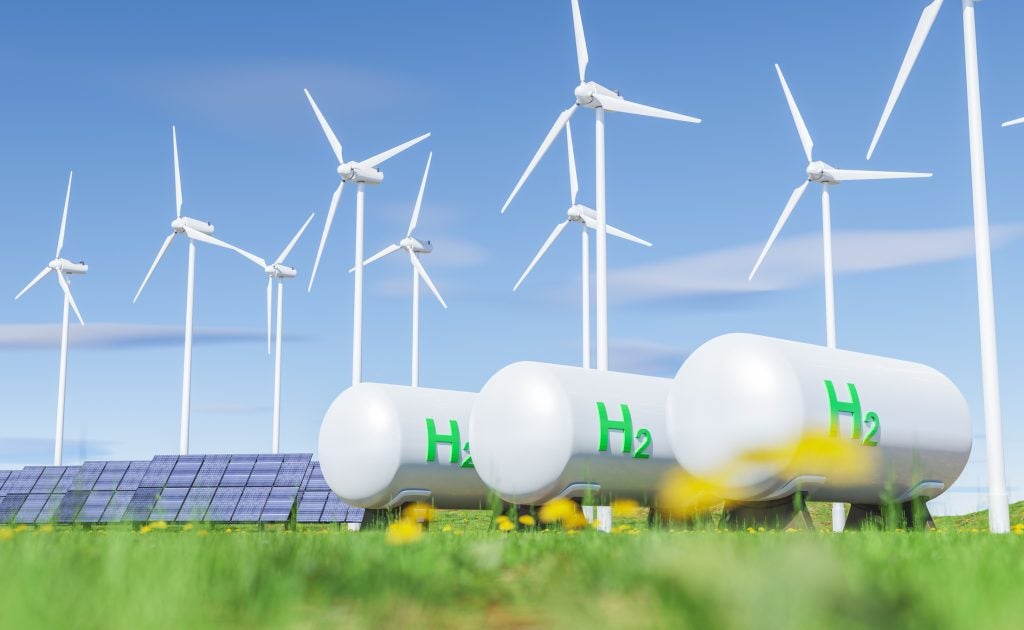The IEA’s 2023 annual renewables report constitutes bad news for green hydrogen, with 2023 forecasts for capacity growth significantly more gloomy than the previous year’s.
While almost all regions are still expected to increase the amount of renewable energy capacity dedicated to hydrogen production by 2028, the pace of growth is now less optimistic than in the 2022 report. The 2023 forecast is 35% lower than in 2022 “due to downwards revisions for all regions except China”.
In 2023, the pace of bringing planned projects to final investment decisions was “slow”, finds the global energy watchdog, due to a lack of off-takers and higher production costs caused by rising inflation. Of the 360GW of renewable energy-powered electrolyser projects due to come online before 2030, just 3% (12GW) have reached financial close or started construction, the IEA finds.
Additional challenges include delays to electrolyser shipments caused by order backlogs due to continuous delays to projects, and in some cases, "malfunctioning equipment". In a September 2023 report, the IEA notes that slow implementation of government support schemes for green hydrogen has contributed to these delays.
As a result, the IEA predicts renewables capacity for hydrogen will reach 45GW between 2023 and 2028, representing just 7% of announced capacity for this period. In Europe, 2023’s forecast for renewable capacity dedicated to hydrogen is down 51% on the previous year.
Spotlight on IEA's green hydrogen forecast for Europe
The IEA cites financial closure for electrolyser projects in Sweden, the Netherlands, Spain and Germany progressing more slowly than expected as the principal reason for the downgrade across Europe.
Now, Europe is expected to have just 5GW of renewable capacity dedicated to hydrogen by 2028. This adds to mounting concerns that the EU’s ambitious target of producing ten million tonnes (mt) of green hydrogen by 2030 is unattainable.
For context, around 2,000–3,000GW of renewable energy is needed to produce 100mt of green hydrogen, which means that the EU’s anticipated 5GW of capacity by 2028 would produce around 0.2mt of green hydrogen, representing just 2% of its 2030 target.
However, the IEA notes that while the forecasts for renewables capacity for hydrogen are bleak, “progress has been made in demand-side policymaking in the last year, with some governments passing legislation or announcing intentions to do so”.
For example, the IEA finds that in Germany, renewable capacity growth could be four-times higher than forecasts (reaching 3GW) of renewables capacity for hydrogen production, “if the EU approves the state aid proposed under the Contracts for Difference scheme and it successfully awards bidders”.









